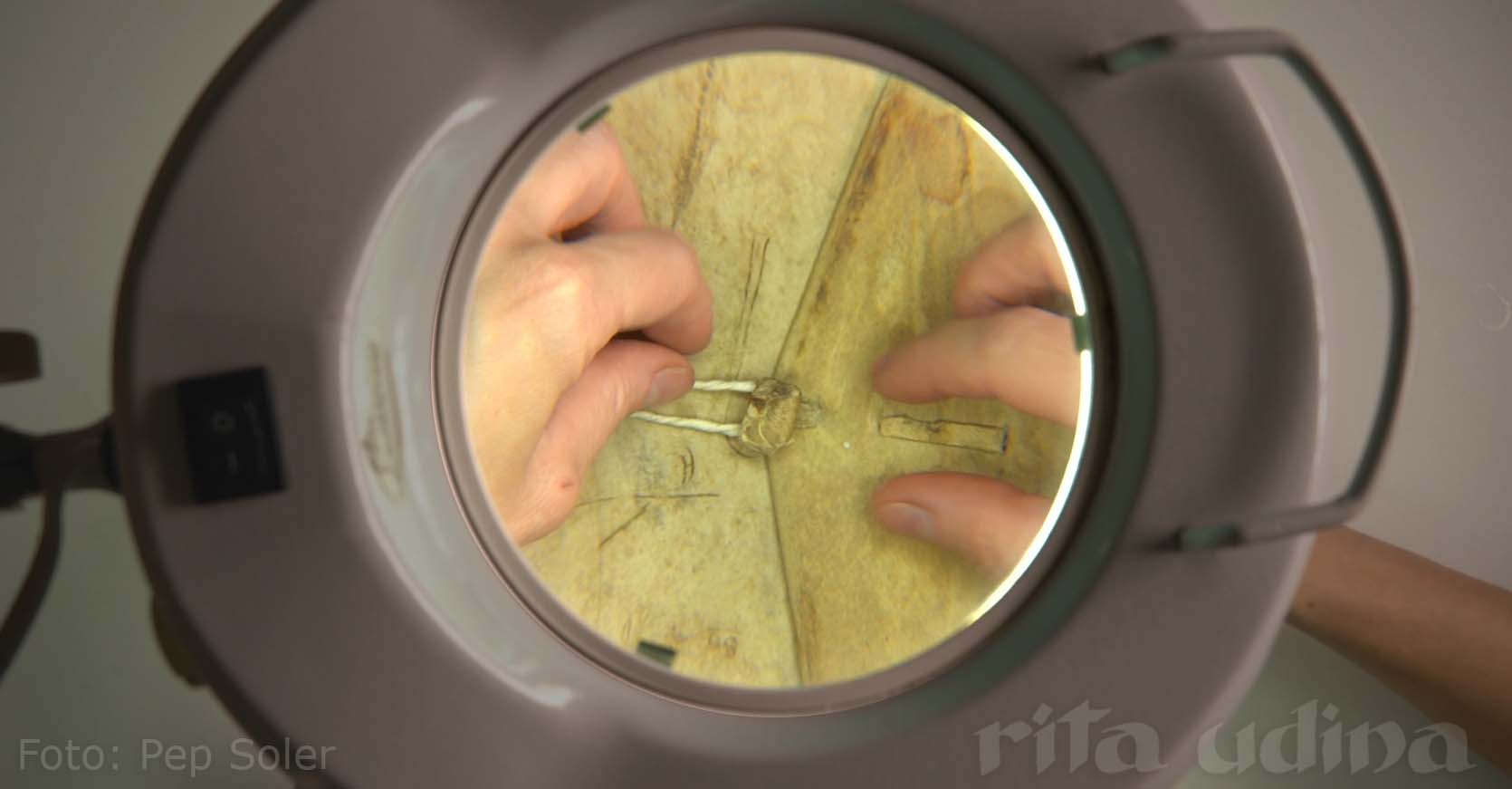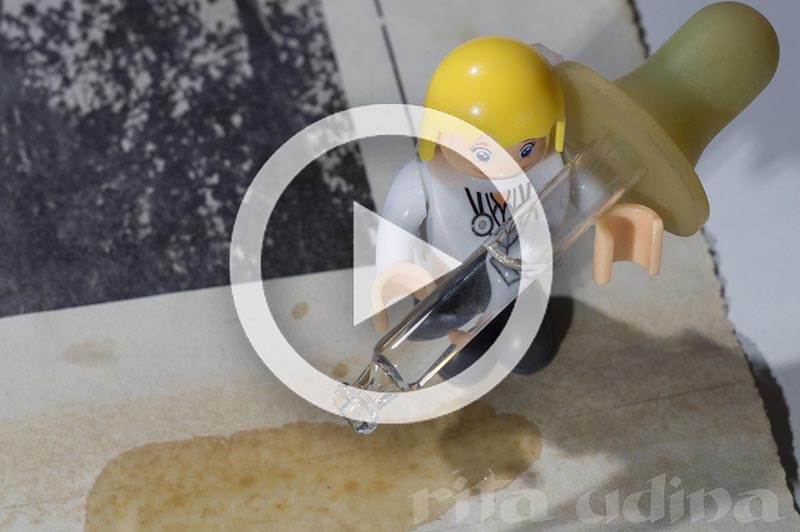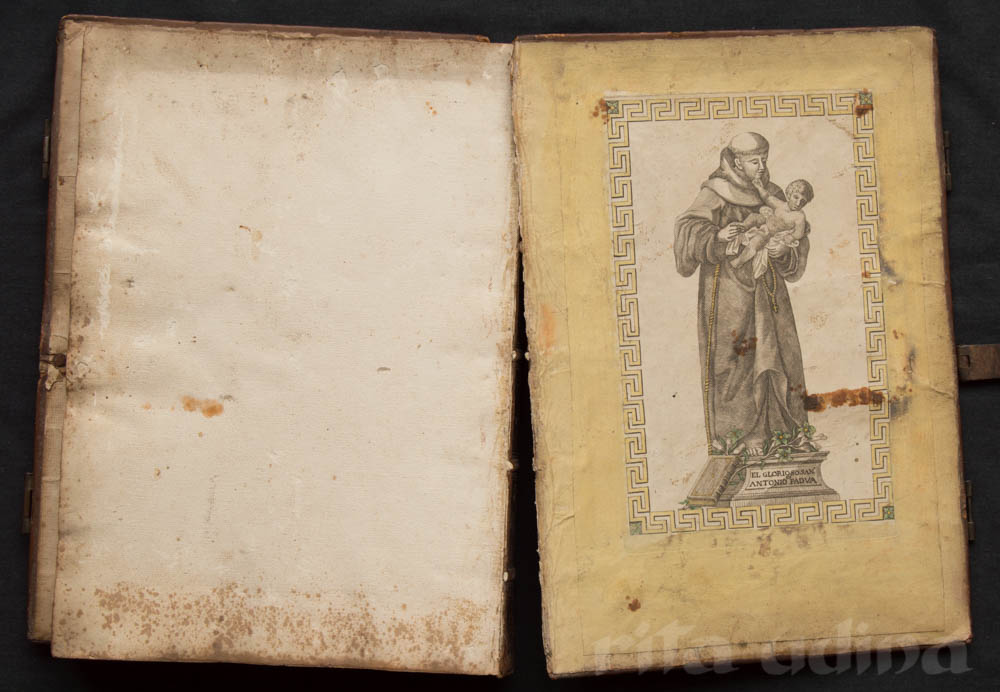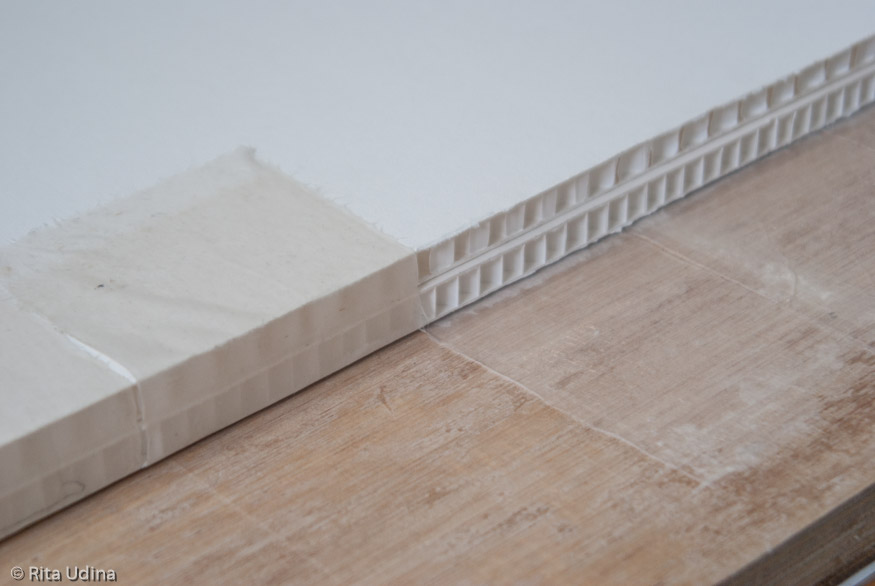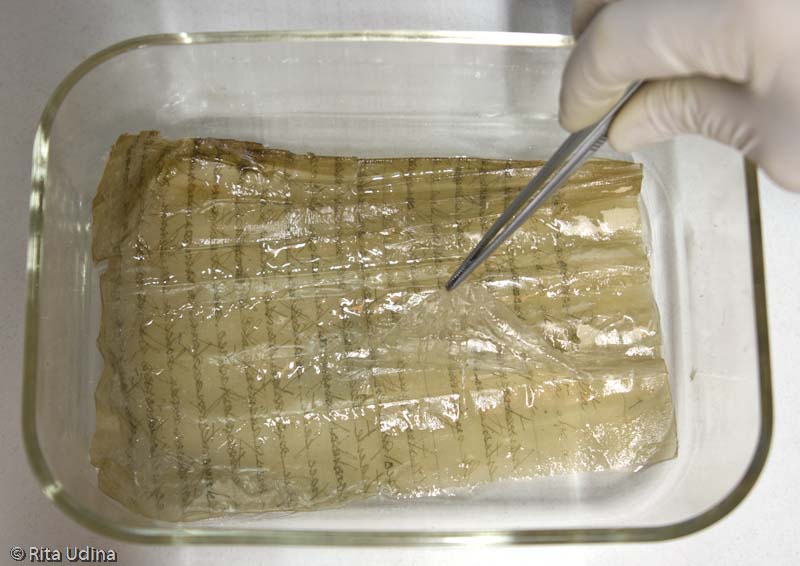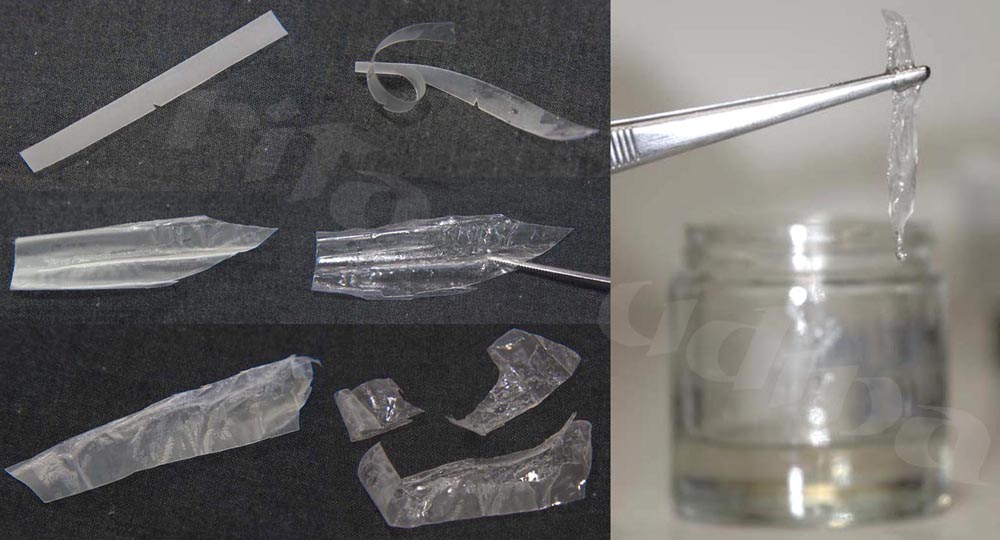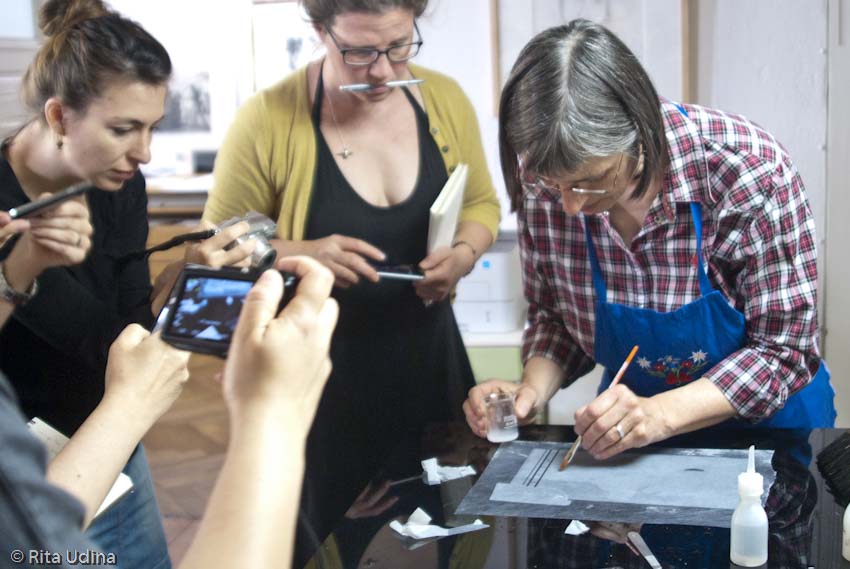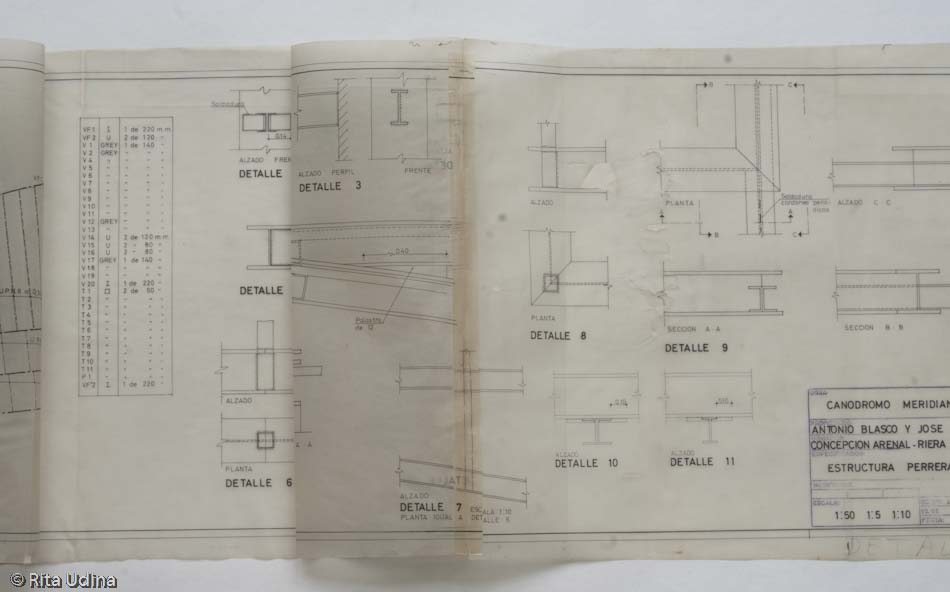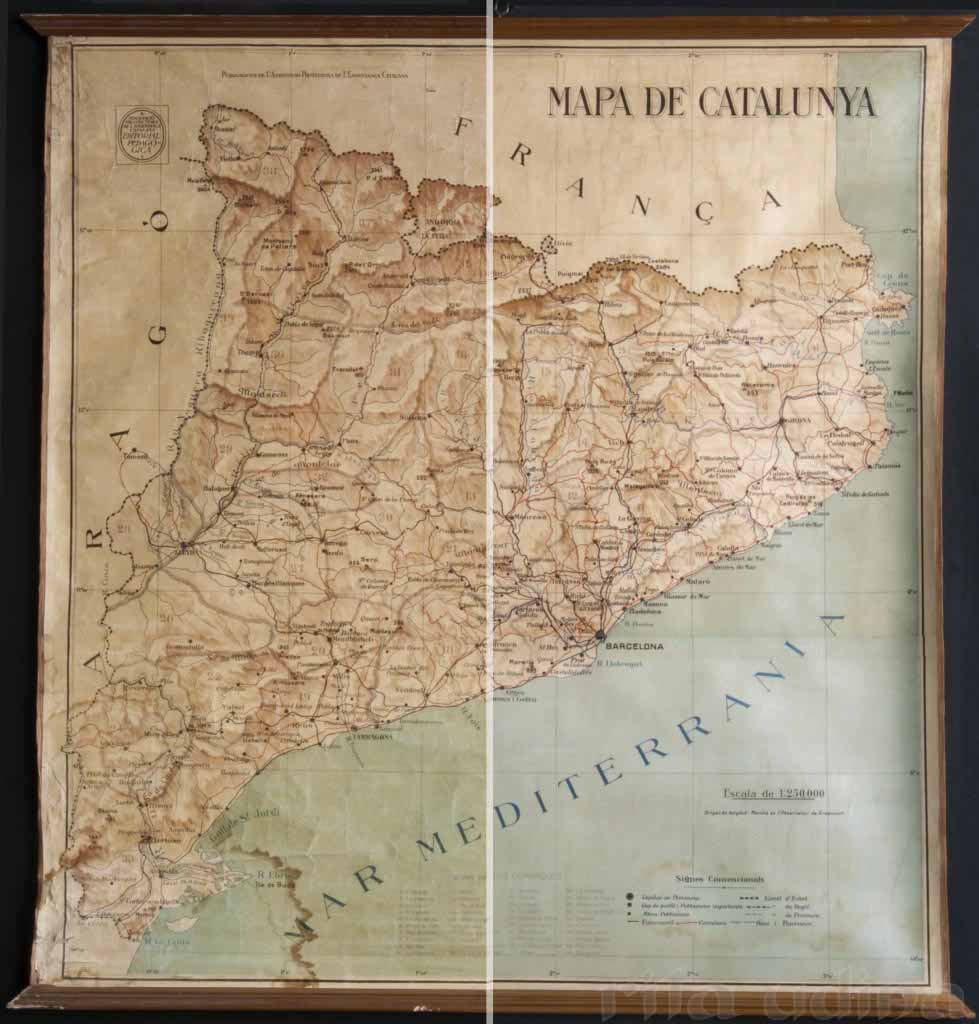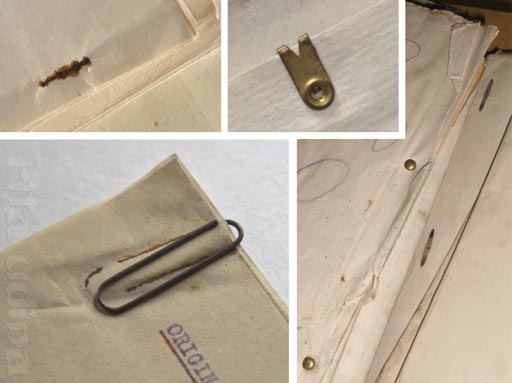adhesives
Find below the blog posts related to adhesives:
Onion skin paper: History, Uses, Composition and Conservation
Onion skin paper is not made from onions... but when was it invented and for what purpose? How is it related to carbon copies and what must be taken into account for conserving it?
Premiere of the video of the conservation treatment of a map
Premiere of the video showing the full conservation treatment of an oversized hand-coloured map, varnished and lined on a canvas. Do not miss it! Next Thursday 27 at 4pm CEST (UTC+2).
Profession: book and paper conservator
What does a paper conservator do? Whom does she work for? What skills and knowledge does she ought to have? Preservation and conservation, a field linked to science, history and arts and crafts. A video explains what differenciates us from forgers and shows -among other- how we produce a hand-made suction table to restore paper artifacts, with loads of creativity, a feature most necessary to become book and paper conservator.
A midnight lockdown paper conservation dream
A lockdown is kind of stoping any activity, and that is what I have done, a stop-motion video, showing the full conservation treatment of a paper document.
Save the date: Tuesday 21st at 11h
Lecture about impregnated tracing paper conservation and premier of the video of my latest super-oversized project
Housing as a (quite desperate) conservation resource
New artwork arrives at the studio to be ready for an exhibition: pressure, limited time, bleeding inks... Could it not be some other easier and more showing off artefacts? Here's what I do when I don't seem to find much to do: Tape removal, and failing to flatten under tension with magnets... Mounting the artwork on a housing that secured an even tension on the artwork during the exhibition, was the last resource.
Unlocking St. Anthony’s locked manuscript
"Tony, Tony, come around, something’s lost and can’t be found!" Some manuscripts require more than just manual skills to succeed in their conservation, and so we prayed to Saint Anthony to help us unlocking the bookbinding, whose key had been lost forever. Certainly not many renaissance bookbindings have an iron safety lock in their covers and thus this extra holly help was deemed quite necessary. The prayer didn't provide any key, but at least a satisfactory conservation solution was achieved!
Gels, microemulsions and nano-systems applied to pressure sensitive tape removal: latest updates
Tape removal, chemical and physical gels, microemulsions and much more. Review and abstract of the conference "Nanosystems. Application to tape removal on cellulosic supports,", which took place in Madrid (Spain), on June 6 to 8th, 2018; within the context of NanoRestArt, the european Research and Developement project.
Sōkō conservation for oversized sketches by Sorolla
Sorolla sketches represent the spontaneity, the genius and the creative stage for its own right. Their conservation shares with them this essentiality, the minimal intervention character. The restoration has adopted japanese tools and techniques, a paper conservation at the most eastern style. Or not that utmost, since the Karibari was replaced by a wooden board. Eastern or western, the restoration of the gouache sketches has been truly remarkable, and you'll have to read it to know why.
Hold on and suck in, Miss Scarlett! Removing a plastic corset from a manuscript
A personal story, a historic manuscript, a crazy laminating machine and a final outcome. All these ingredients are seasoned with PFTE, TFA, HFIP, PE, DMSO, PET... cling, dong and BOOM!... An explosive -but most irresistible- cocktail. We'll discuss about synthetic polymers, sorts of laminations and encapsulation.
“Customized” conservation with Richard Wolbers
Fellows of joys and sorrows, conservators, here is why I am so excited with the "Cleaning workshop: Paper bathing/stain removal", given by Wolbers: The idea is to make every conservation treatment a kind of custom-made dress for each particular object with a minimal initial investment. He speaks about solvents, gels, surfactants, conductivity and pH. Nor in my wildest dreams had I imagined such a close, easy and useful chemistry. Thanks a lot Richard, we owe it to you.
This document will self-destruct in 30 secs!
Or how to remove pressure sensitive tapes, without removing them. We have spoken about bibliopaths, about misuses and how to eradicate its effects... But, what happens when the artefact itself causes its own degradation?
Tracing paper conservation, berliner style
I never enjoy anything as much as visiting other paper restoration studios, especially if they are private. They usually bear the imprint of a personal vocation, a personality which is barely present at institutional studios. I watch the space distribution, the tools, the jars... at Hildegard Homburger's studio. Is there a better way to nose around than becoming a berliner restorer for two days?
Bibliopaths: The case of the lacquer binding
Are we supposed to fear bibliopaths? Or maybe we should give them an award? Who are they? Atention! Because they can be among us, or we might even be one of them?! I invite you to read the Case of the Lacquer Binding to know more about them
New conservation methodolgy to retrieve lost flexibility to brittle tracing paper
Approach to a new methodolgy to retrieve the lost flexibility to brittle paper. Tracing paper -so usual among technical drawings- have in common their transparency, but there are significant differences in the process to make them. The properties and behavior will be very different then. Impregnated papers, for an instance, were applied oils or varnishes to provide them translucency. Explanation restoration of several drawings in which the varnish was removed to replace it later.
Who says BluTack® is ideal for papers?
BluTack in papers? Never! Restoration of a document from industrial heritage with a stain from this adhesive, property of the Municipal Archive (Barcelona)
Damned “sellotapes”!
Which damages cause sellotapes? Can we release documentary heritage from these fatty strips? Explanation for the degradation mechanisms of this historic "remedial" tapes that we can find in documents of all kinds, and restoration possibilities in each case.
Conservation of school poster from spanish civil war period
This map represents the typical scholar posters: with its wooden slats to roll and hang, lined on the back. It was very common to varnish them with shellac to waterproof and protect them from abrasion. This one was made of two pieces of printed paper, sticked together along the central horizontal stripe. It is from 1936, spanish civil war was barely breaking. Removing the old varnish has allowed to repare other minor damages: tears, gaps and wrinkles. But most important is that the new varnish is not oxidizing nor yellowing. As it is very flexible it will not crack in the future.
- Minimal intervention on “Serra & Balet” documents GalleryClips, grapes i altres elements potencialment nocius Clips, staples and potential damages Clips, grapas y potenciales patógenos" data-title="Clips, grapes i altres elements potencialment nocius Clips, staples and potential damages Clips, grapas y potenciales patógenos" data-caption="">
Minimal intervention on “Serra & Balet” documents
Standard treatment of minimal intervention on documentation with slight damages: Disinfection, removal of clips and staples, consolidation and folder to fit.
Categories
ARTEFACT
archive or library
book
book structures
bundle
headband
hollow back
limp-vellum binding
locks
sewing
tight back
document
seal
lacquered seal
printed stamp (see TECHNIQUE)
drawing
manuscript
photograph
albumen
daguerreotype
glass plate
silver gelatine
plans, maps, architectural or technical drawings
maps
plans
poster
DAMAGES
acidity / oxidation
bibliopath - graphopath
Bookbugs (pests & paper eaters)
insects
silverfish
woodworm
microorganisms
mold
disaster
flood
foxing
losses, gaps
pressure sensitive tapes
silver mirroring
structural
wrinkles
MATERIAL
fabric
cotton
silk
velvet
glass
leather
parchment
metal
paper
coated paper (art paper)
Kraft paper
laid paper
rag paper
tracing paper
impregnated paper
onion skin paper
Washi
wood pulp paper
plastic
cellulose acetate
polyethylene terephthalate (PET)
Polypropylene (PP)
wood
PRODUCTS
adhesives
natural
shellac
rubber (natural)
starch paste
synthetic adhesives
Filmoplast®
Paraloid B72
rubber (synthetic)
Tylose® (MHC)
gels
agarose
chemical gel
hydro-gels
Klucel®
organo-gels
physical gels
Velvesil Plus
xanthan gel
nanoparticles
solvent
benzyl alcohol
ciclometicone
diethyl carbonate
dimethyl sulfoxide (DMSO)
polyethylene glycol (PEG)
surfactants
TECHNIQUE
ballpoint pen
collage
felt-tip pen
gouache
graphite (pencil)
ink
print
engraving
etching
lithograph
woodcut
printed stamp
reproduction
diazotype
watercolour
THEORY on cons. & rest.
TOOLS, MACHINES
TREATMENTS
bleaching
light bleaching
cleaning
stain removal
surface cleaning
tape removal
varnish removal
wet cleaning
deacidification
digitization
flattening
flattening under tension
housing (storage)
box
folder
four flaps envelopes
inpainting
mimetic in-painting
neutral colour in-paint
mould treatment
preventive conservation
climate (HR, temp.)
re-binding
reinforcement - consolidation
backing with fabric
Infilling
leafcasting
ink fixing
lining
sizing
tear repair
varnishing








